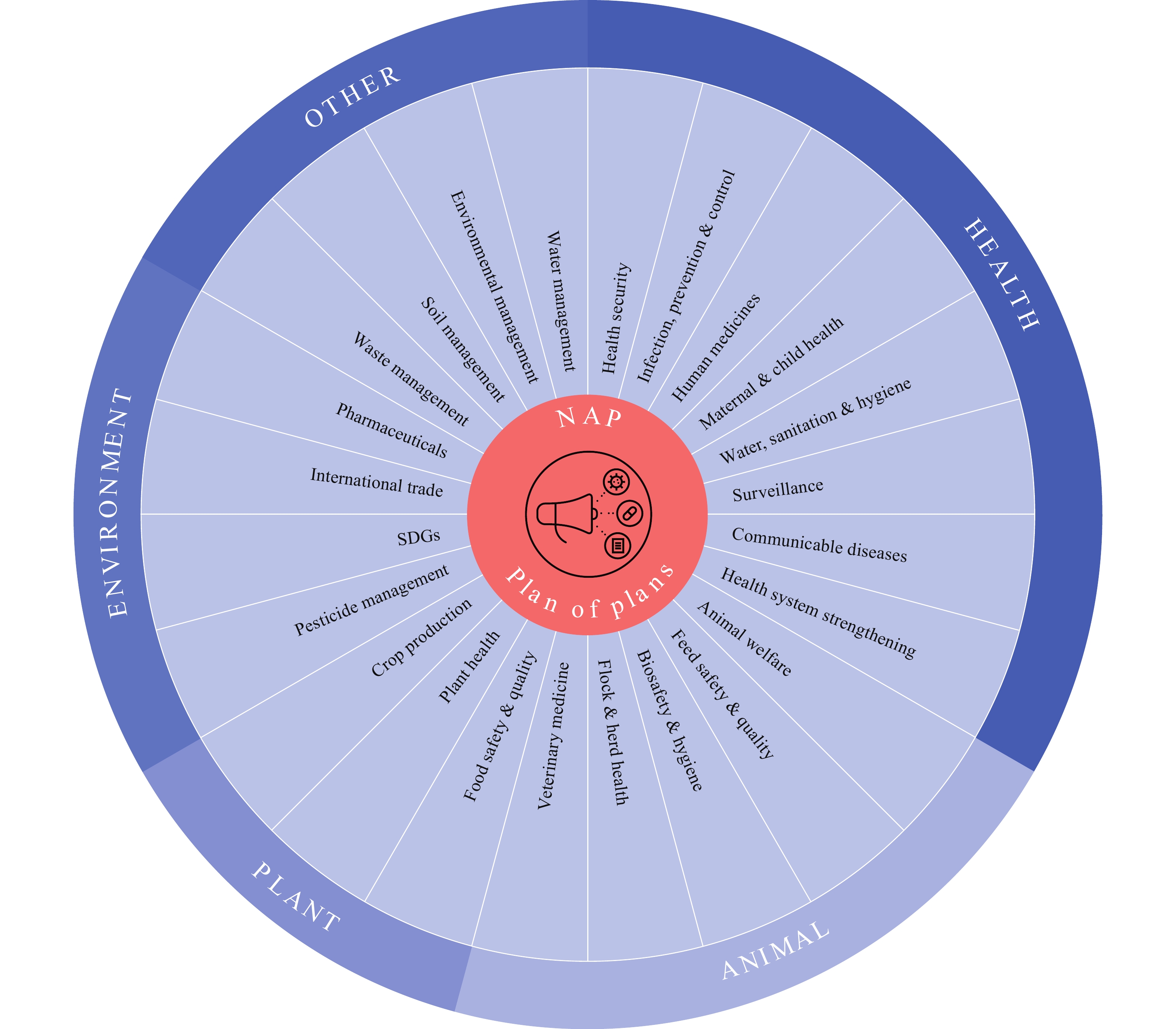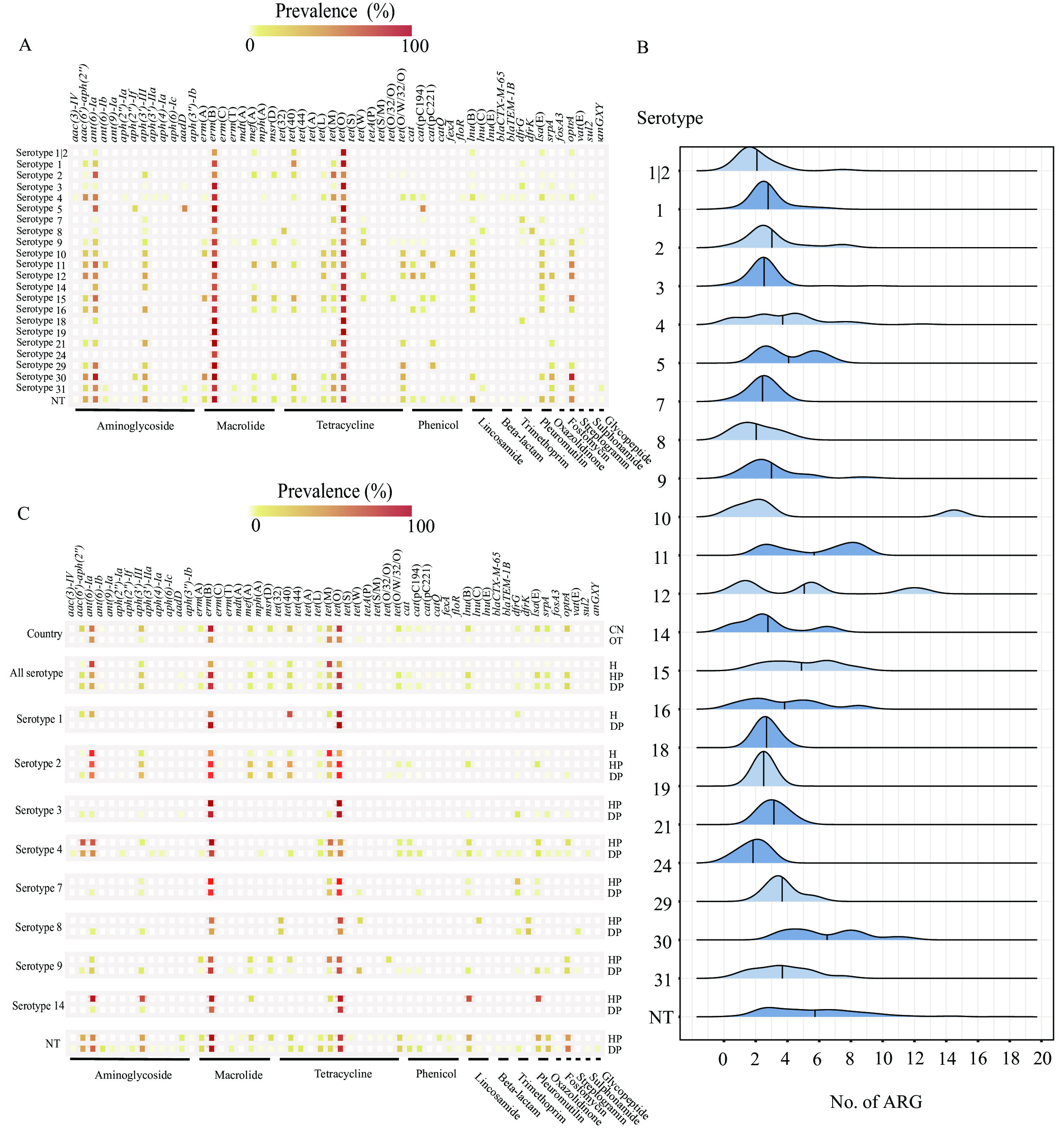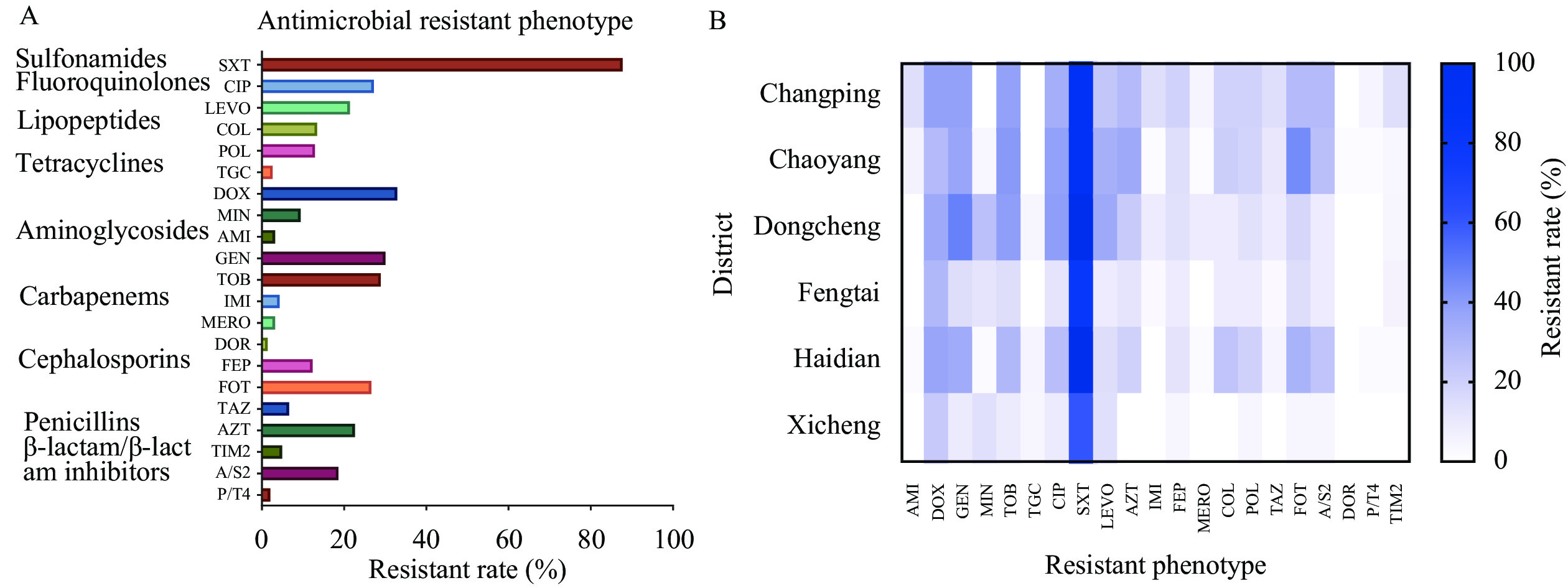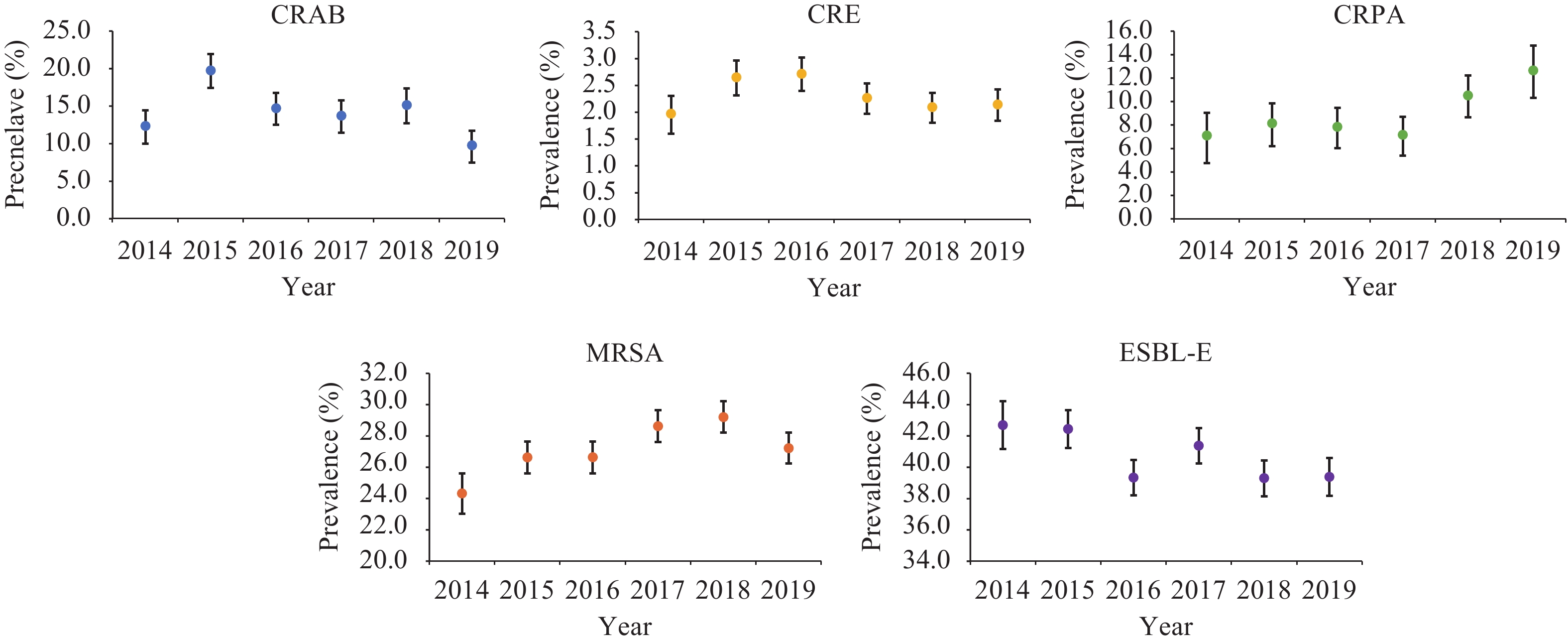2021 Vol. 3, No. 47
Streptococcus suis (S. suis) is a zoonotic pathogen causing disease in humans and animals, and the emergence of its increased resistance to antimicrobial agents has become a significant challenge in many countries.
Using whole genome sequencing data to accurately predict antimicrobial resistance determinants, it was found that the prevalence of antimicrobial resistance genes was higher in the pig isolates of S. suis than in the human isolates and that the prevalence of these genes varied with serotype.
The data regarding S. suis antimicrobial resistance will help guide rational drug use in the clinic to better protect the health of humans and animals.
Escherichia coli is an important hygiene indicator for animal-derived foods such as pork and chicken, and the contamination of retail meat is associated with the spread of antimicrobial resistance (AMR) and public health.
The prevalence of E. coli in 6 different districts of Beijing was 64.1%. The contamination of chicken was more serious than pork in Beijing. E. coli isolates were highly resistant to sulfonamides (87.4%). The ampC1 and ampC2 genes were the main antibiotic resistance genotype (94.7% and 99.4%).
This study highlights the need to strengthen the surveillance of antibiotic resistance of E. coli in animal-derived foods. A national or regional multicenter study is required to assess the dissemination and evolution of multidrug resistant (MDR) E. coli in clinical medicine and animal production for food.
Antimicrobial resistance has become a major public health threat globally. The prevalence of multidrug-resistant (MDR) bacterial infections increased substantially among inpatients under 18 years of age in recent years. In Zhejiang Province, China, the trends of drug-resistance in non-adult patients from 2014 to 2019 were monitored, aiming to determine the variation patterns and epidemiological features of MDR strains.
Patient data were collected from the Annual Review of Hospital Infection Resistance Survey in Zhejiang Province, 2014–2019. Statistical analysis was performed to analyze the pattern of distribution of five key bacterial pathogens in different age groups, ward settings, and bloodstream infections.
From 2014 to 2019, a total of 30,163 multidrug-resistant strains were identified among 212,252 clinical isolates. The prevalence of extended spectrum β-lactamase-producing Enterobacteriaceae (ESBL-E), carbapenem-resistant Enterobacteriaceae (CRE), carbapenem-resistant Acinetobacter baumannii, carbapenem-resistant Pseudomonas aeruginosa (CRPA), and methicillin-resistant Staphylococcus aureus (MRSA) were 40.6%, 2.3%, 14.7%, 9.0%, and 27.4%, respectively. The prevalence of these key pathogens was lower than that reported in the national surveillance system (China Antimicrobial Resistance Surveillance System and Infectious Diseases Surveillance of Pediatrics). The prevalence of ESBL-E and CRE decreased since 2015 but that of CRPA and MRSA increased from 2014 to 2018.
Despite an overall decrease in the prevalence of drug-resistant bacteria in 2019, the rising prevalence of MRSA and CRPA still warrant much attention. Multidrug-resistant bacteria prevention and control strategies should be adjusted in a timely manner based on the surveillance results.



 Subscribe for E-mail Alerts
Subscribe for E-mail Alerts CCDC Weekly RSS Feed
CCDC Weekly RSS Feed


